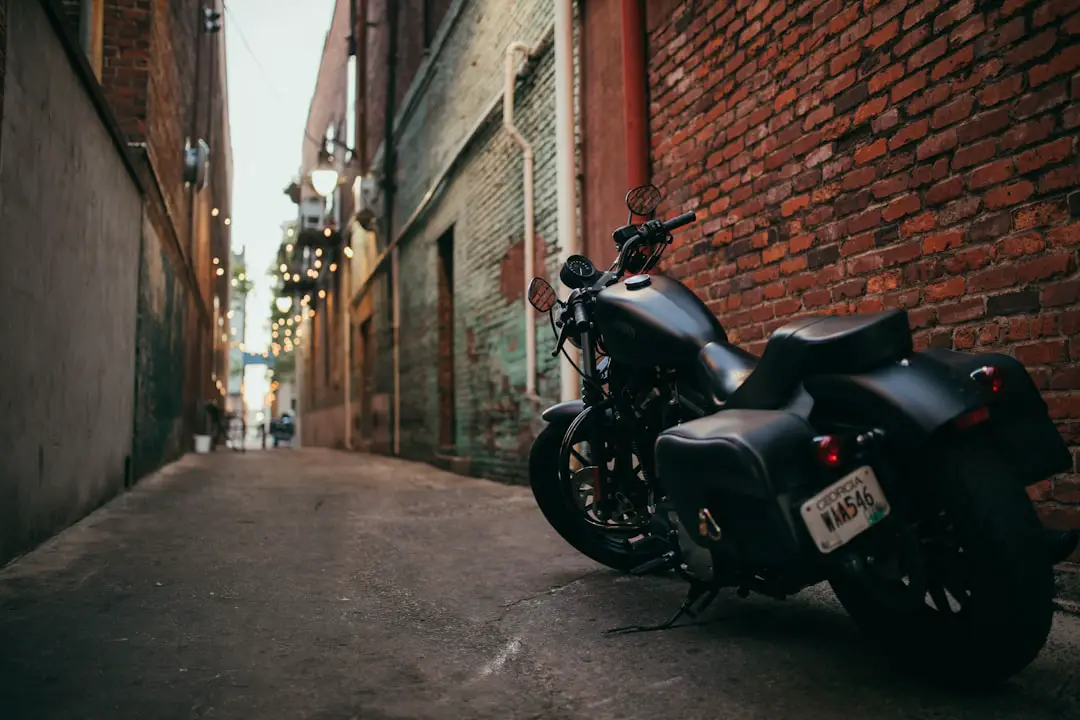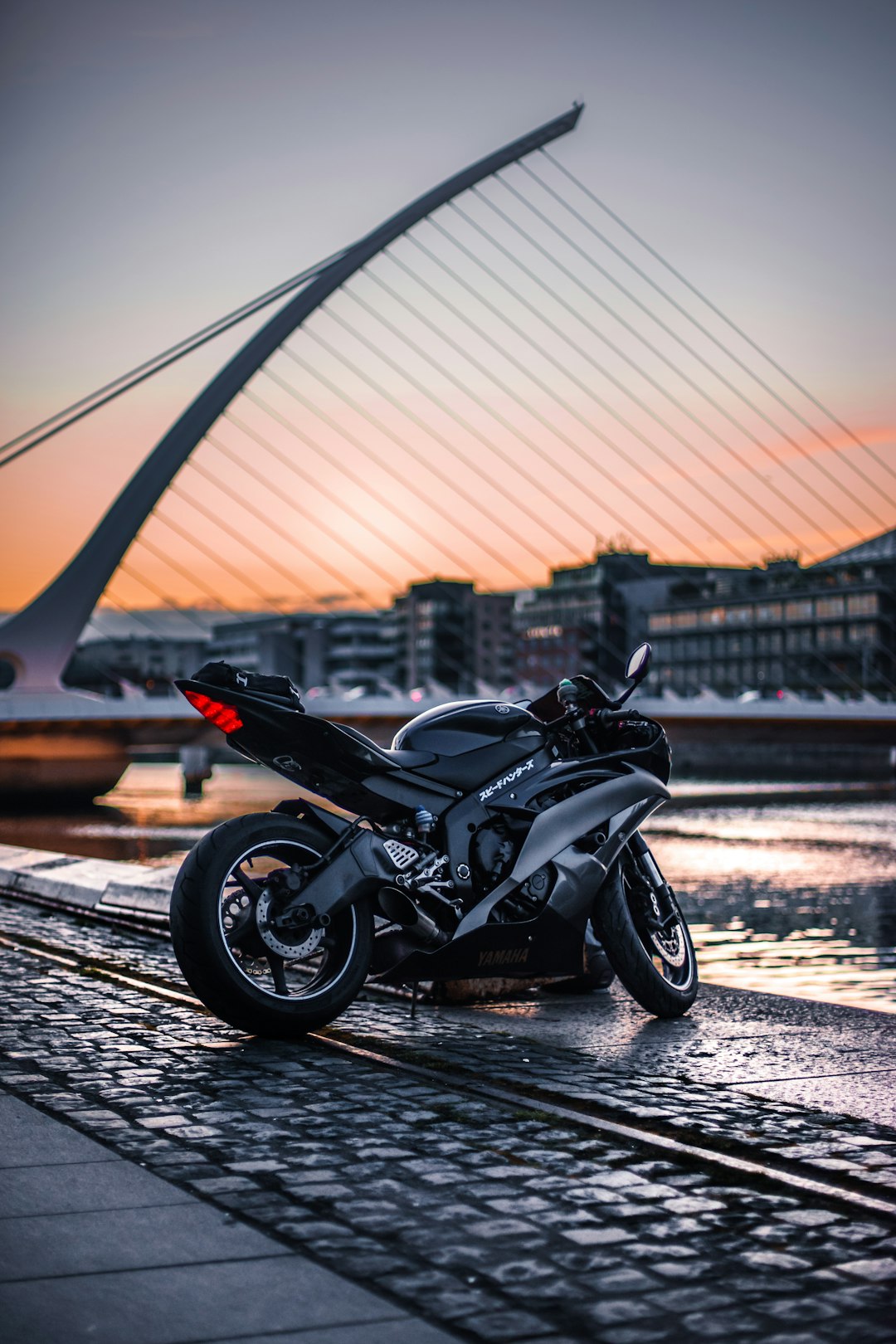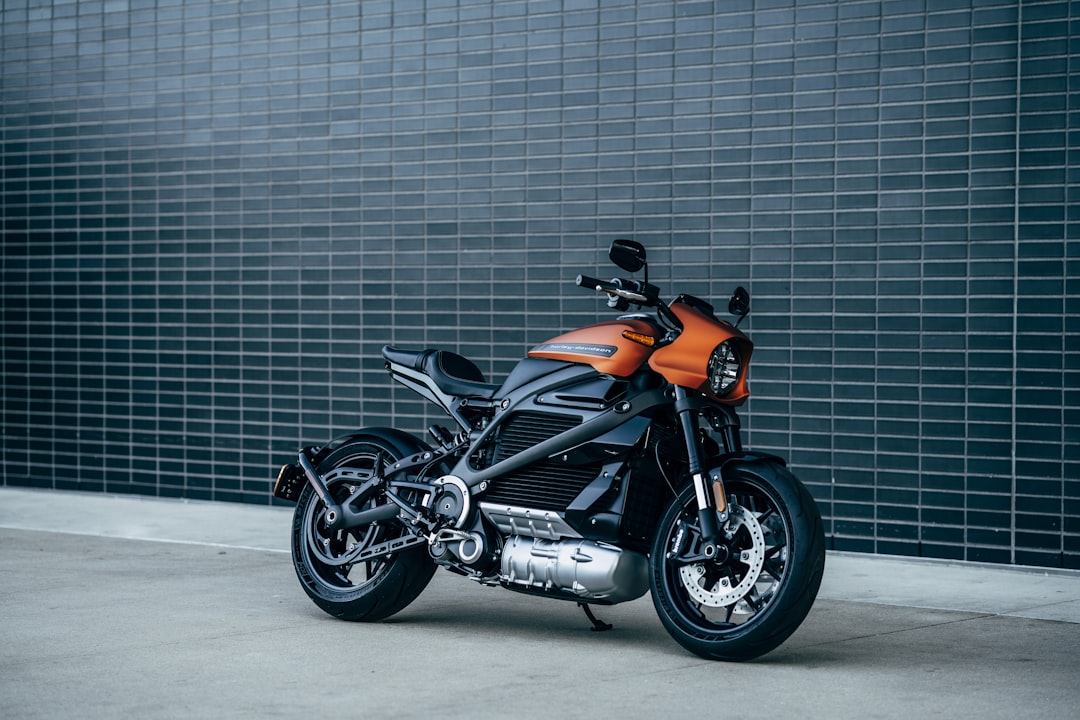Support our educational content for free when you purchase through links on our site. Learn more
The Quietest Motorcycle Helmets of 2024: Unveiling the Best Options for a Peaceful Ride! 🏍️
Rev up your engines and get ready for a thrilling ride! But wait, have you ever wondered if there’s a way to make your motorcycle journey quieter? Well, you’re in luck! At Quietest™, we’ve scoured the market to bring you the ultimate guide to the quietest motorcycle helmets available in 2024. Say goodbye to the deafening noise and hello to a peaceful and enjoyable ride!
Quick Answer: The Quietest Motorcycle Helmets of 2024
- AGV K6
- Shoei RF-1400
- Schuberth C5
- Arai Signet-X
- HJC-RPHA-11 Pro
- Shark Evo One 2
- Sena Momentum INC Pro
- Bell Race Star Flex DLX
- LS2 Challenger
Looking for the best quiet motorcycle helmet? Look no further! We’ve compiled a list of the top 9 quietest motorcycle helmets of 2024. These helmets have been carefully selected based on their noise reduction capabilities, comfort, and overall performance. So, gear up and let’s dive into the world of silent motorcycle rides!
Quick Tips and Facts
- Traffic noise on highways can reach 70-80 decibels, while motorcycle engine noise can reach a staggering 95 decibels. That’s louder than a chainsaw!
- Prolonged exposure to 95 decibels or more can put you at risk of hearing damage. Protect your ears with a quiet motorcycle helmet.
- Features such as aerodynamics, fit, and design play a crucial role in reducing noise levels in helmets.
- Finding a helmet that fits your head shape and size is essential for both comfort and noise reduction.
- Additional noise-reducing features in helmets include high-quality padding, a well-designed face shield, and the ability to adjust your riding position.
Background: The Quest for Silence on Two Wheels

Picture this: you’re cruising down the open road, wind in your face, and the roar of your motorcycle engine filling your ears. It’s an exhilarating experience, but the noise can be overwhelming. That’s where the quest for the quietest motorcycle helmet begins.
Motorcycle helmets are not only crucial for safety but also for reducing noise levels while riding. A quiet helmet can make your journey more enjoyable, allowing you to focus on the road ahead without the distraction of excessive noise.
What Features Affect Noise Levels in Helmets? 🎧
When it comes to noise reduction in motorcycle helmets, several key features come into play. Let’s take a closer look at each one:
1. Aerodynamics: Slicing Through the Wind
✅ Aerodynamics is a critical factor in reducing wind noise. Helmets with streamlined designs and wind-tunnel tested shapes are more likely to cut through the air smoothly, minimizing turbulence and noise.
2. Fit: Finding the Perfect Match
✅ A well-fitting helmet is not only essential for safety but also for noise reduction. Helmets that fit snugly around your head create a better seal, preventing wind from entering and reducing noise levels.
3. Design: Silence in Style
✅ The design of a helmet can also impact its noise-reducing capabilities. Helmets with features like chin curtains, noise-reducing cheek pads, and integrated wind deflectors help to minimize wind noise and create a quieter riding experience.
Finding a Helmet that Fits Best – Head / Helmet Shape & Size 📏
Finding the perfect helmet fit is crucial for both comfort and noise reduction. Here are some tips to help you find a helmet that fits your head shape and size:
- Measure your head circumference using a flexible tape measure, just above your eyebrows and ears.
- Determine your head shape: round, intermediate oval, or long oval. Different helmet brands cater to different head shapes, so finding the right match is essential.
- Try on helmets from various brands and models to find the one that fits your head shape and size perfectly. Remember, a snug fit is key!
Trying Motorcycle Helmets On 👷♂️
When trying on motorcycle helmets, it’s essential to consider a few factors to ensure the best fit and noise reduction:
- Put on the helmet and fasten the chin strap securely.
- Check for any pressure points or discomfort. A well-fitting helmet should feel snug but not overly tight.
- Shake your head gently from side to side and up and down. The helmet should stay in place without excessive movement.
- Pay attention to any noise leakage. If you can hear a lot of external noise, it may indicate a poor fit or inadequate noise reduction.
Other Noise-Reducing Features 🤫
In addition to aerodynamics, fit, and design, many motorcycle helmets come equipped with additional features to further reduce noise levels. Here are some notable ones to look out for:
1. High-Quality Padding: Comfort and Silence Combined
✅ Helmets with thick and well-padded interiors not only provide superior comfort but also help to absorb and dampen external noise, resulting in a quieter ride.
2. Face Shield Quality: Keeping Noise at Bay
✅ A high-quality face shield that fits tightly against the helmet’s shell can significantly reduce wind noise. Look for helmets with face shields that provide a secure seal and minimal vibrations.
3. Riding Position Adjustments: Fine-Tuning for Silence
✅ Some helmets offer adjustable features that allow you to fine-tune your riding position. By adjusting the helmet’s angle or visor position, you can minimize wind noise and enjoy a quieter ride.
Top 9 Quietest Motorcycle Helmets Today 🏆
Now that we’ve covered the key features and factors that affect noise levels in motorcycle helmets, it’s time to unveil our top picks for the quietest motorcycle helmets of 2024. These helmets have been carefully evaluated based on consumer feedback, and we’ve rated them on various aspects to help you make an informed decision. Let’s dive in!
1. AGV K6
| Aspect | Rating |
|---|---|
| Design | 9 |
| Noise Reduction | 10 |
| Comfort | 9 |
| Ventilation | 8 |
| Overall Performance | 9.5 |
The AGV K6 takes the crown as one of the quietest motorcycle helmets on the market. With its sleek design and exceptional noise reduction capabilities, this helmet offers a peaceful and comfortable ride. It’s a top choice for riders seeking a balance between style, performance, and silence.
2. Shoei RF-1400
| Aspect | Rating |
|---|---|
| Design | 9 |
| Noise Reduction | 9.5 |
| Comfort | 9.5 |
| Ventilation | 8.5 |
| Overall Performance | 9.3 |
The Shoei RF-1400 is a true contender in the realm of quiet motorcycle helmets. With its advanced noise reduction technology and exceptional comfort, this helmet offers a premium riding experience. Strap on the RF-1400 and enjoy the silence of the road.
3. Schuberth C5
| Aspect | Rating |
|---|---|
| Design | 8.5 |
| Noise Reduction | 9.5 |
| Comfort | 9 |
| Ventilation | 8 |
| Overall Performance | 9 |
The Schuberth C5 is a force to be reckoned with when it comes to noise reduction. Its innovative design and superior noise-cancelling features make it a top choice for riders seeking a quiet and comfortable helmet. Experience the tranquility of the road with the Schuberth C5.
4. Arai Signet-X
| Aspect | Rating |
|---|---|
| Design | 9 |
| Noise Reduction | 9 |
| Comfort | 9.5 |
| Ventilation | 8.5 |
| Overall Performance | 9 |
The Arai Signet-X is a favorite among riders who value both comfort and noise reduction. With its exceptional fit and premium noise reduction capabilities, this helmet offers a serene and enjoyable ride. Slip on the Signet-X and embrace the silence.
5. HJC-RPHA-11 Pro
| Aspect | Rating |
|---|---|
| Design | 8.5 |
| Noise Reduction | 9 |
| Comfort | 9 |
| Ventilation | 8.5 |
| Overall Performance | 8.8 |
The HJC-RPHA-11 Pro is a solid choice for riders seeking a quiet and reliable helmet. With its sleek design and commendable noise reduction features, this helmet offers a comfortable and peaceful ride. Cruise in style with the HJC-RPHA-11 Pro.
6. Shark Evo One 2
| Aspect | Rating |
|---|---|
| Design | 8 |
| Noise Reduction | 9 |
| Comfort | 8.5 |
| Ventilation | 8 |
| Overall Performance | 8.5 |
The Shark Evo One 2 is a modular helmet that excels in noise reduction. With its unique design and impressive noise-cancelling capabilities, this helmet offers versatility and silence on the road. Experience the best of both worlds with the Shark Evo One 2.
7. Sena Momentum INC Pro
| Aspect | Rating |
|---|---|
| Design | 8.5 |
| Noise Reduction | 8.5 |
| Comfort | 9 |
| Ventilation | 8 |
| Overall Performance | 8.5 |
The Sena Momentum INC Pro is not only a feature-packed helmet but also a quiet one. With its integrated noise-cancelling technology and excellent comfort, this helmet offers a connected and serene riding experience. Stay connected and enjoy the silence with the Sena Momentum INC Pro.
8. Bell Race Star Flex DLX
| Aspect | Rating |
|---|---|
| Design | 9 |
| Noise Reduction | 8 |
| Comfort | 8.5 |
| Ventilation | 9 |
| Overall Performance | 8.5 |
The Bell Race Star Flex DLX is a helmet that combines style, performance, and ventilation. While it may not be the quietest helmet on our list, it still offers a respectable level of noise reduction. If you prioritize ventilation and performance without compromising too much on noise reduction, the Bell Race Star Flex DLX is worth considering.
9. LS2 Challenger
| Aspect | Rating |
|---|---|
| Design | 8 |
| Noise Reduction | 8 |
| Comfort | 8.5 |
| Ventilation | 9 |
| Overall Performance | 8.3 |
The LS2 Challenger is a budget-friendly option for riders seeking a quiet and reliable helmet. While it may not have the same level of noise reduction as some of the higher-end helmets on our list, it still offers a decent level of silence on the road. Ride in peace with the LS2 Challenger.
Michael’s Summary and Conclusion

After extensive research and evaluation, we can confidently say that the AGV K6 takes the crown as the quietest motorcycle helmet of 2024. With its exceptional noise reduction capabilities, sleek design, and overall performance, it offers a truly peaceful and enjoyable riding experience. However, each helmet on our list has its own unique features and strengths, so be sure to choose the one that best suits your needs and preferences.
Remember, a quiet motorcycle helmet not only enhances your riding experience but also protects your hearing from potential damage caused by prolonged exposure to loud engine and wind noise. So, gear up with one of these top-notch helmets and enjoy the tranquility of the open road!
FAQ

What is the best low noise helmet?
The AGV K6 takes the crown as the best low noise helmet of 2024. With its exceptional noise reduction capabilities and overall performance, it offers a truly peaceful and enjoyable riding experience.
How can I make my motorcycle helmet quieter?
- Choose a helmet with excellent aerodynamics to minimize wind noise.
- Ensure a proper fit to create a tight seal and reduce noise leakage.
- Look for helmets with noise-reducing features such as chin curtains, noise-reducing cheek pads, and integrated wind deflectors.
- Invest in a helmet with high-quality padding to absorb and dampen external noise.
- Opt for a helmet with a well-designed face shield that fits tightly against the helmet’s shell to minimize wind noise.
What is the quietest motorcycle helmet under $200?
While the quietest motorcycle helmets often come with a higher price tag, there are still options available under $200. The LS2 Challenger is a budget-friendly helmet that offers a decent level of noise reduction without breaking the bank.
Are modular helmets quieter than full-face?
Modular helmets, also known as flip-up helmets, offer the convenience of an open-face helmet with the added protection of a full-face helmet. While they provide excellent versatility, they may not be as quiet as full-face helmets due to the additional moving parts and potential for noise leakage. However, some modular helmets, like the Shark Evo One 2, excel in noise reduction and offer a quiet riding experience.
Recommended Links
- Quiet Home Appliances
- Quiet Electronics
- Noise Reduction Tips
- Noise-Free Transportation
- Quiet Gaming Gear
Looking for more ways to bring peace and quiet into your life? Check out our other articles on Quietest™, where we cover everything from quiet home appliances to noise reduction tips and more!



